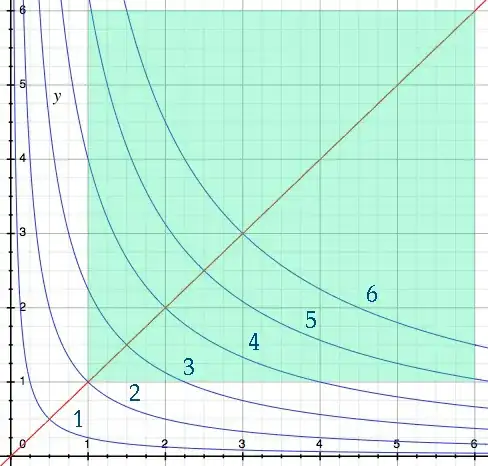Suppose that I roll $3$ dice and write down the outcome as the coefficients $a,b,c$ in the polynomial $ax^2+bx+c$ respectively. What is the probability that this polynomial has no real roots?
So, I have to count the number of triples $(a,b,c)$ such that $b^2 < 4ac$, where $a,b,c \in \{1,2,3,4,5,6\}$. I'm not sure how I can do that. Please give me a hint first. This problem is from a high school probability course, so I think it must have a very basic solution.
